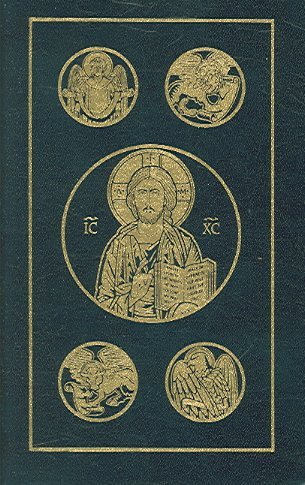Recently I have been reflecting on big words. Not multisyllabic latinisms, gnostic jargon, nor bespoke neologisms, but words that are spacious, deep and and wide. Words that can have far reaching effects, whether in their expansiveness out into the world as transformative signals of hope, or in their intense inwardness as words of intellectual and spiritual and moral renewal towards a life more human, hopeful and holy. Indeed these three words would be good examples of what I mean by big words; human, hope, holy. But save them for another time.
This morning I woke up early. Not to my knowledge caused by a guilty conscience, more an honest and difficult to silence anxiety, low grade but persistent, and requiring some thought to accompany that first mug of tea! And as I thought about what was worrying me I went looking for words that might be placed on the other side of the anxiety versus serenity scales. Like most people, I'm weary of the ratcheted, wretched rhetoric of politicians telling us this is the most important General Election in generations. The normalising of exaggerated claims and approval seeking promises, the studied nastiness of personal attack as political tactic, the joyless anger of the power hungry, and the drip drip of dishonest dire predictions if we vote otherwise, have created an inner insomnia for those of us who refuse to allow our consciences to be lulled into sleepy complacency.
So I went looking for some big words to answer those pavlov laced promises, to rebuke the waves of abusive rhetoric, to contradict the urge to fear and anger. One of the benefits of reading the Bible, is knowing where to find the big words. And I mean reading the Bible, not saying we read it; I mean reading the Bible by letting the text get a word in edgeways so that it can speak big words into our small minds and narrow hearts; I mean reading the Bible so that the Word becomes a corrective of all those other words we speak, hear, repeat and throw around in political debate. I knew exactly where to find the big words I needed, to re-align my mind, to reconfigure my conscience, to reorientate my heart.
He has shown you O Man, what is good,
and what does the Lord require of you,
but to act justly,
and to love mercy
and to walk humbly with your God. (Micah 6.8)
Big words those, justice, mercy and humility. They are far reaching out into the world of people and relationships, politics and economics, culture and identity. And they are deeply penetrating into the mind, conscience and heart of those who will hear them and allow them to do their transformative work, first in inner disposition, then in outward action. Because these words are not abstract concepts to be debated, they are commands of God as to what is required of us human beings.
So on the day of the General Election, awake early by a nagging anxiety, I have taken recourse to some of the big words that come with the force of divine command into our world of human affairs. Together they make an interesting grid to take the measure of all those promises and policies; they are criteria of judgement that quality control the claims and counter claims of those who seek our yes to their right to govern; and they are unashamedly moral in their demands and requirement. These are not words that tolerate the tactics of division, the hurting of the vulnerable, the undervaluing of the poor, the manipulation of power to accumulate more at the expense of others. These are big words, words redolent of holiness, replete with judgement, relentless in their requirement. And for those who read the Bible, and I mean those who read it with the intention of obeying it, they come with an authority that relativises every other. They are the words that sustain the common good. They are either every politician's nightmare, scary in their demands, or their night-light showing where the door to life is.
God of goodness, justice and mercy,
We shouldn't need to ask what is required of us.
Is injustice so hard to see, so easy to live with?
Has the absence of mercy become tolerable?
Is humility a step too far for our pride?
Forgive us for tolerating the slippage
from your requirement to our convenience;
the slippage from justice to injustice,
from mercy to couldn't care-lessness,
from humility to self-protective pride.
Show us again what is good,
how to act justly, love mercy,
and walk humbly with our God.
Amen
